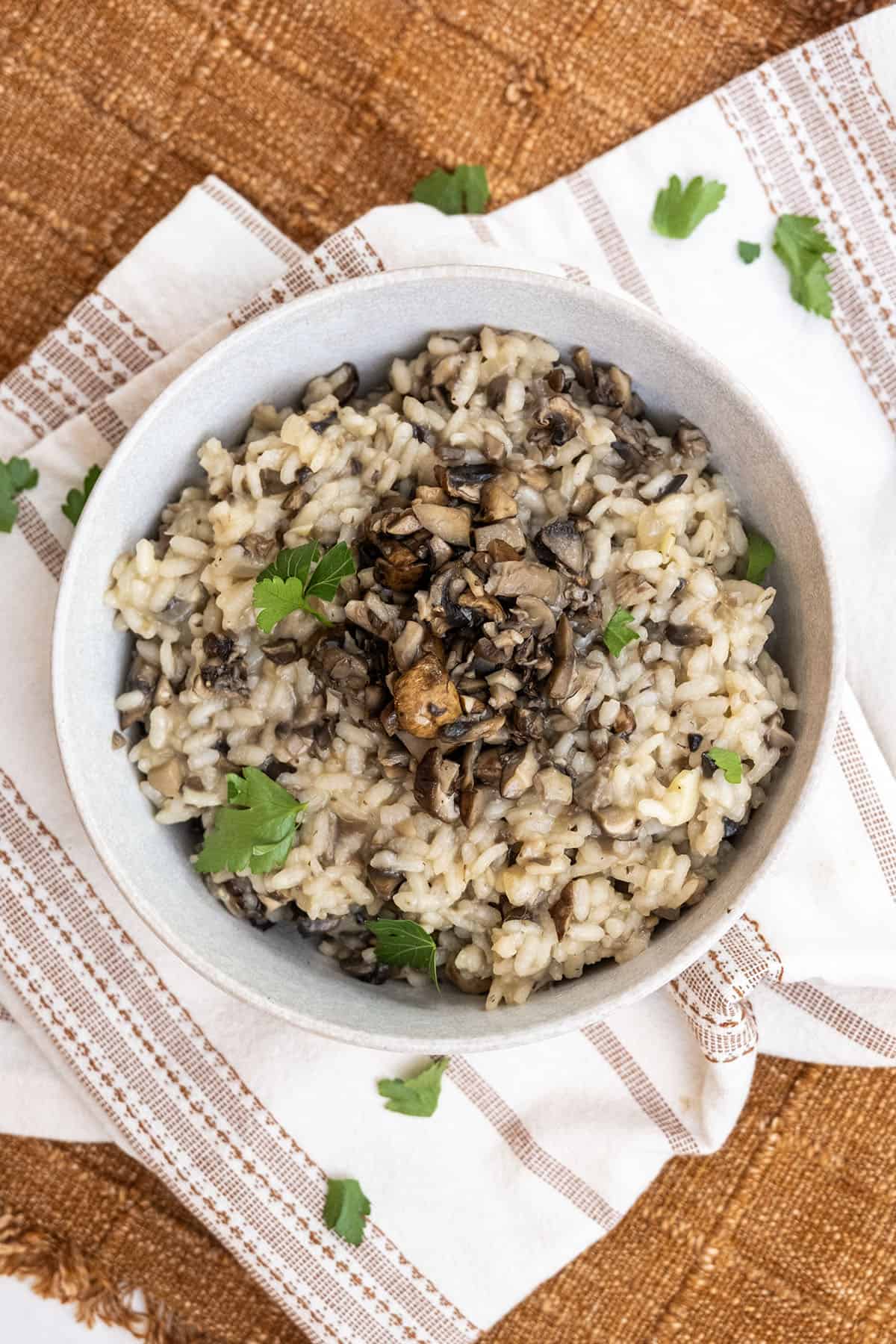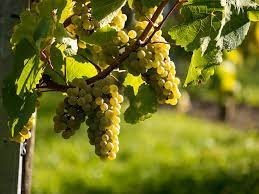
Nebbiolo
Nebbiolo is a red grape variety primarily grown in the Piedmont region of Italy, most famously used to produce Barolo and Barbaresco wines.
All About Nebbiolo
Appearance
- Color:Typically exhibit a deep ruby to garnet color when young, transitioning to a brick or orange hue as they age.
- Opacity: Medium opacity, often lighter in color compared to other full-bodied red wines, which can be misleading given its robust flavor and structure.
Aroma
- Primary Aromas: Cherry, rose, and violet are the hallmark primary aromas of Nebbiolo, often accompanied by red fruit notes like raspberry and strawberry.
- Secondary Aromas: Earthy elements such as tar, leather, and truffles are common, reflecting the wine’s aging in wood and its complex vinification process.
- Tertiary Aromas: With age, Nebbiolo develops more nuanced aromas such as dried herbs, tobacco, anise, and cedar, adding to its depth and complexity.
Flavor Profile
- Fruit Flavors: Black cherry, plum, and raspberry are prominent, along with lighter red fruits in younger wines.
- Other Flavors: Notes of tar, licorice, truffles, and earthy tones like mushrooms and graphite. Nebbiolo is also known for its floral undertones, particularly rose petals.
- Oak Influence: Nebbiolo is often aged in large Slavonian oak casks or sometimes French oak barrels, which can add subtle spice, vanilla, or toasty notes without overpowering the primary flavors.
Structure
- Body: Medium to full-bodied, offering a rich and textured mouthfeel.
- Tannins: High tannin content, contributing to a dry, grippy sensation on the palate, which softens with age.
- Acidity: Medium to high acidity, providing freshness and balance to the wine’s intense flavors.
- Alcohol: Between 13.5% and 15%
Join the club
Get this varietal often & more delivered to your doorstep when you join our wine club!
-
Classic Series Membership
Regular price From $39.00Regular priceUnit price / per -
Vintners Series Membership
Regular price From $42.00Regular priceUnit price / per -
Limited Series Membership
Regular price From $52.00Regular priceUnit price / per
Pairings for Nebbiolo

Mushroom Risotto or Truffle Dishes
Mushroom risotto, a creamy Italian dish, combines the earthy flavors of sautéed mushrooms with the creamy texture of arborio rice. The dish is often finished with Parmesan cheese and fresh herbs, creating a rich and savory experience. To complement these flavors, wines with earthy, fruity notes and balanced acidity are ideal. Light to medium-bodied red wines like Pinot Noir or Nebbiolo enhance the umami of the mushrooms, while full-bodied whites like Chardonnay or Pinot Gris provide a refreshing contrast to the risotto’s richness.

Osso Buco
Osso Buco is a traditional Italian dish featuring cross-cut veal shanks that are braised until tender in a rich sauce made from tomatoes, white wine, and vegetables. The marrow in the bones adds extra richness and depth to the sauce, making it a truly luxurious meal. The dish hails from Milan and is often served with risotto alla Milanese or polenta. The slow cooking process allows the meat to become fall-apart tender, and a gremolata—a zesty mix of lemon zest, garlic, and parsley—is often added at the end to brighten the dish's flavors.

Aged Cheeses and Charcuterie
Aged cheeses and charcuterie offer rich, bold flavors, often with a savory and umami profile. Aged cheeses like cheddar, Parmigiano-Reggiano, and Gouda develop complex, nutty, and slightly salty flavors, while charcuterie—featuring cured meats like prosciutto, salami, and chorizo—adds a fatty, savory depth. When paired with wines, the combination of high-fat content in the cheese and the saltiness of cured meats calls for wines with good acidity and tannins, helping to balance and enhance the richness of the food.
Popular Locations for Nebbiolo

Italy




